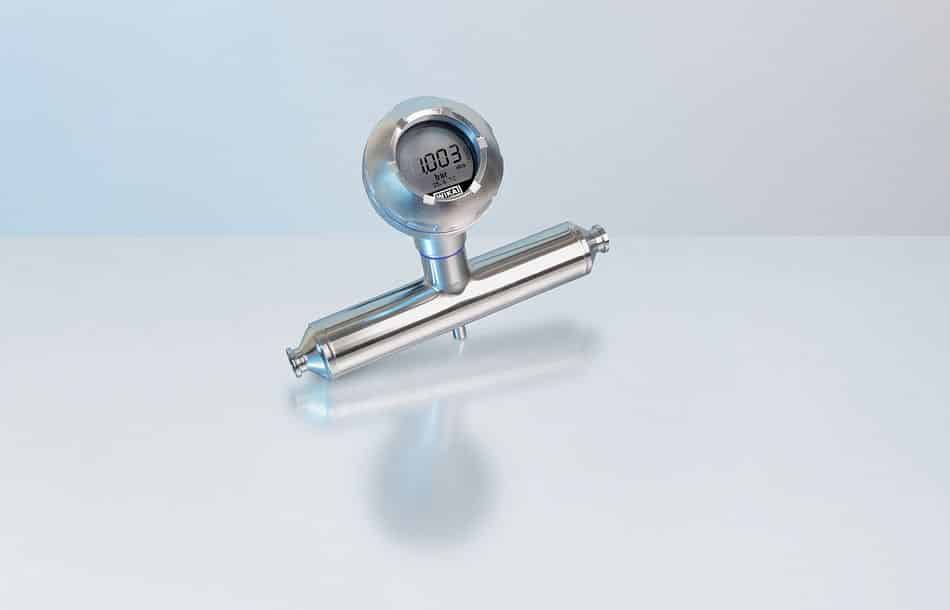Less energy consumption, less cleaning and more safety: The new DMSU22SA in-line process transmitter from Wika helps optimize sterile processes in the pharmaceutical and food industries.
The instrument communicates via HART protocol and is 3-A- and EHEDG approved. The heart of the transmitter is an elliptical tube sensor with a Wheatstone measuring bridge. Its hygienic design features very good flow behaviour when compared to a hygienic case, for example. It therefore enables time- and cost-saving CIP and SIP processes. Operators also require less energy to maintain process pressure. Depending on the requirements, the tube sensor is made of at least 0.45 mm thick stainless steel and is therefore many times more resistant than conventional in-line solutions. Should damage nevertheless occur, the user is informed via the alarm function. Active temperature compensation is also integrated into the transmitter, which makes process control more precise.
Source: Wika






